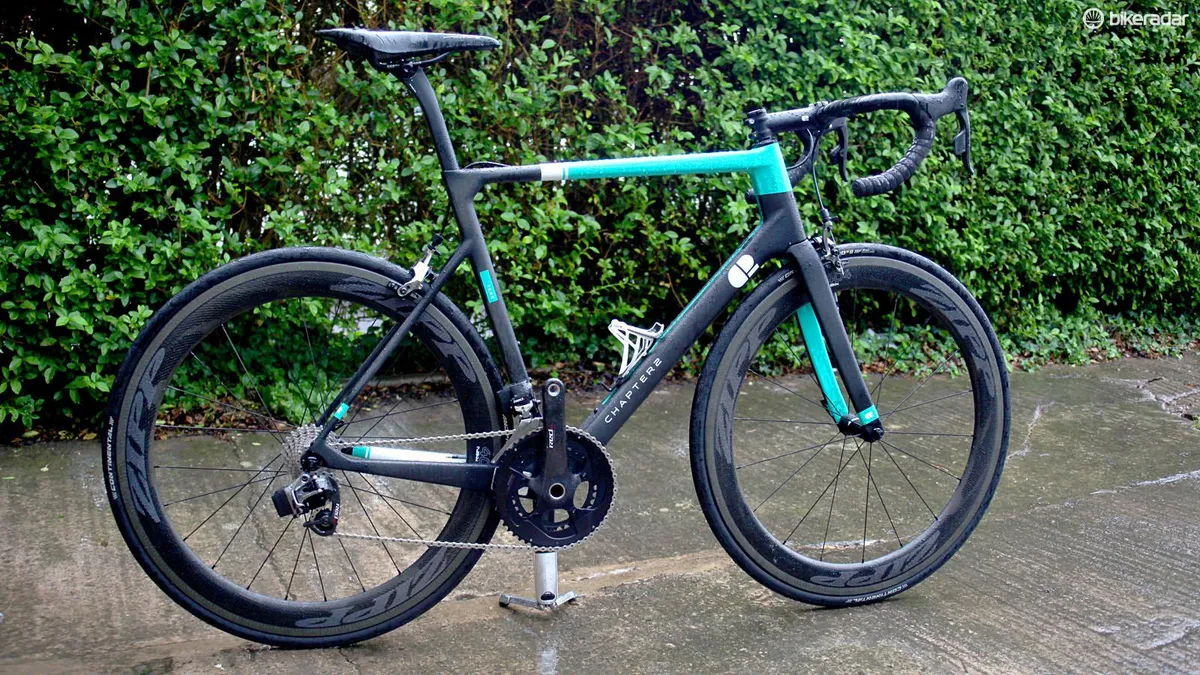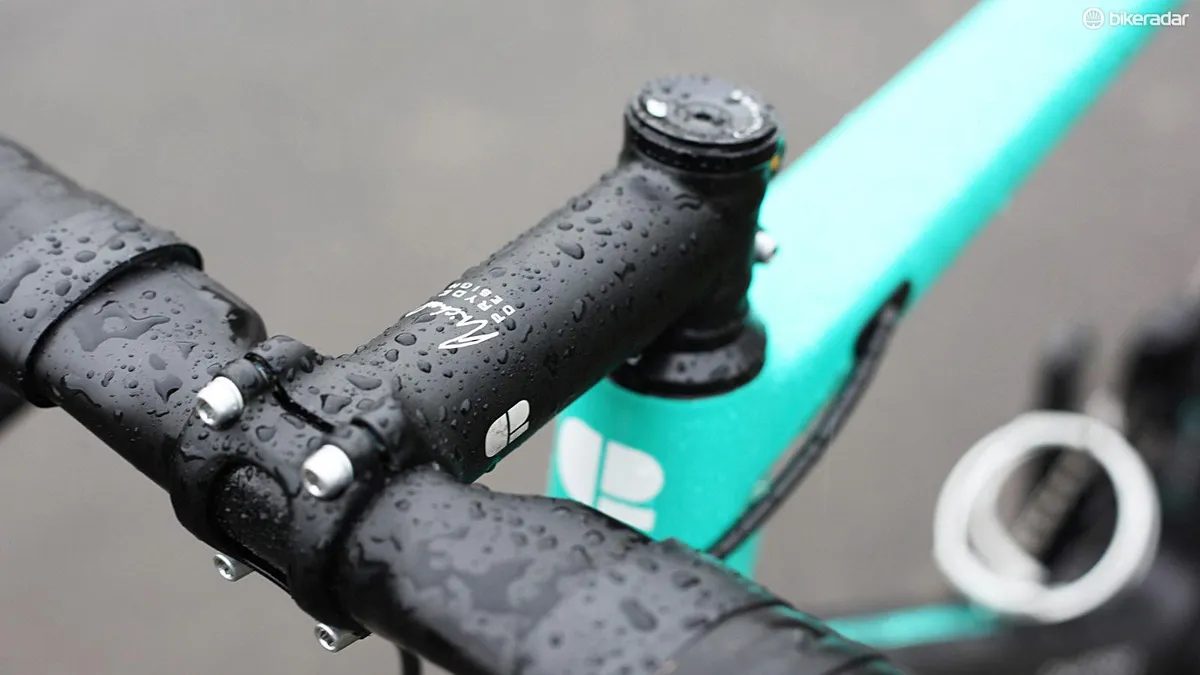Chapter 2 is the new project from Mike Pryde, founder of NeilPryde bikes. Since parting ways with the NeilPryde brand, the New Zealand-based bike designer seems to have kept himself busy.
Chapter 2 Tere spec overview
- Weight: 6.8kg (L)
- Frame: Carbon
- Fork: Carbon
- Gears: SRAM eTap (52/36, 11-25)
- Wheels: Zipp 404 NSW
- Brakes: SRAM Red eTap
- Stem: Pryde
- Bar: Pryde carbon wingbar
- Tyres: Continental GP4000 SII 25mm
- Seatpost: Carbon D profile
The Tere is the first Chapter 2 model to be launched and Pryde’s aim with it was to create a bike with all the benefits of a standard road bike while introducing an aero advantage without the usual downsides of increased stiffness and weight.
Pryde tells us: "Over the development, the question we asked ourselves was ‘Why not make an aero frame more compliant’. The challenges with that are the deeper [aero] tube sections still need to provide lateral stiffness, but these sections negatively impact the vertical compliance you need to make a frame more comfortable."
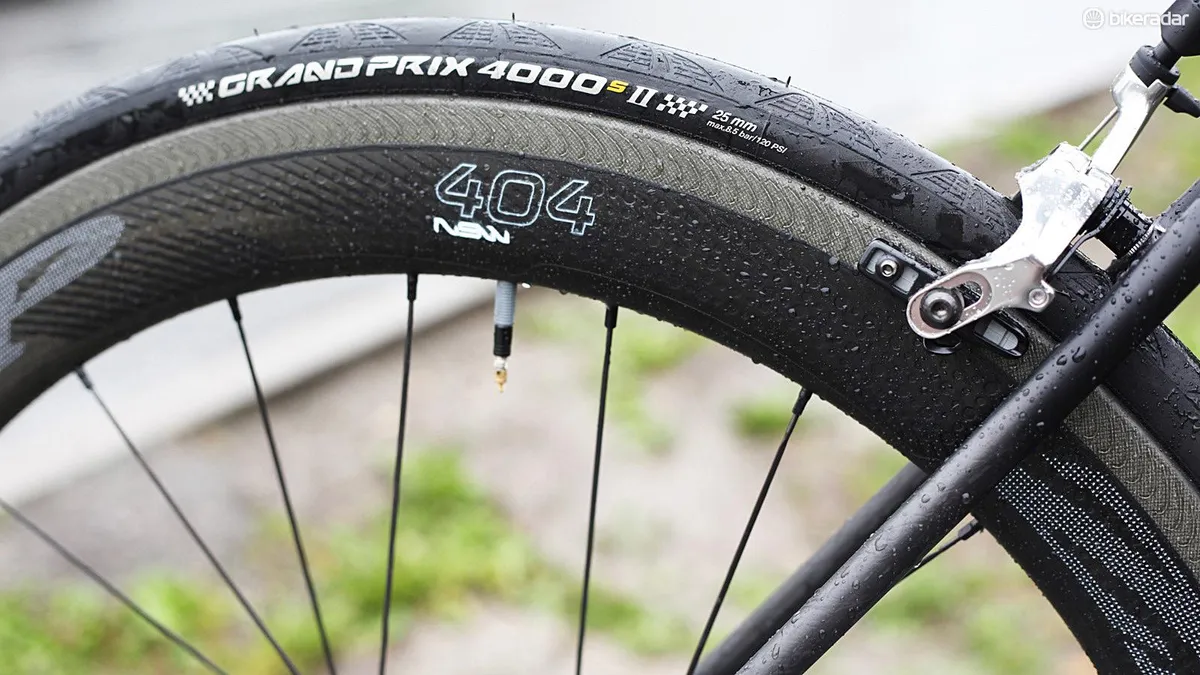
To solve this, Pryde tells us that they therefore "set out to create a frame that looks and performs like a traditional frame, but where each and every tube section and transition has been carefully considered to improve aerodynamic performance. The best of both worlds."
When you look around the details of the Tere you can see a lot of current design trends; the move towards a more compact silhouette and the radically dropped seatstays remind me of BMC’s current design direction with the Roadmachine, and Giant’s latest TCR.
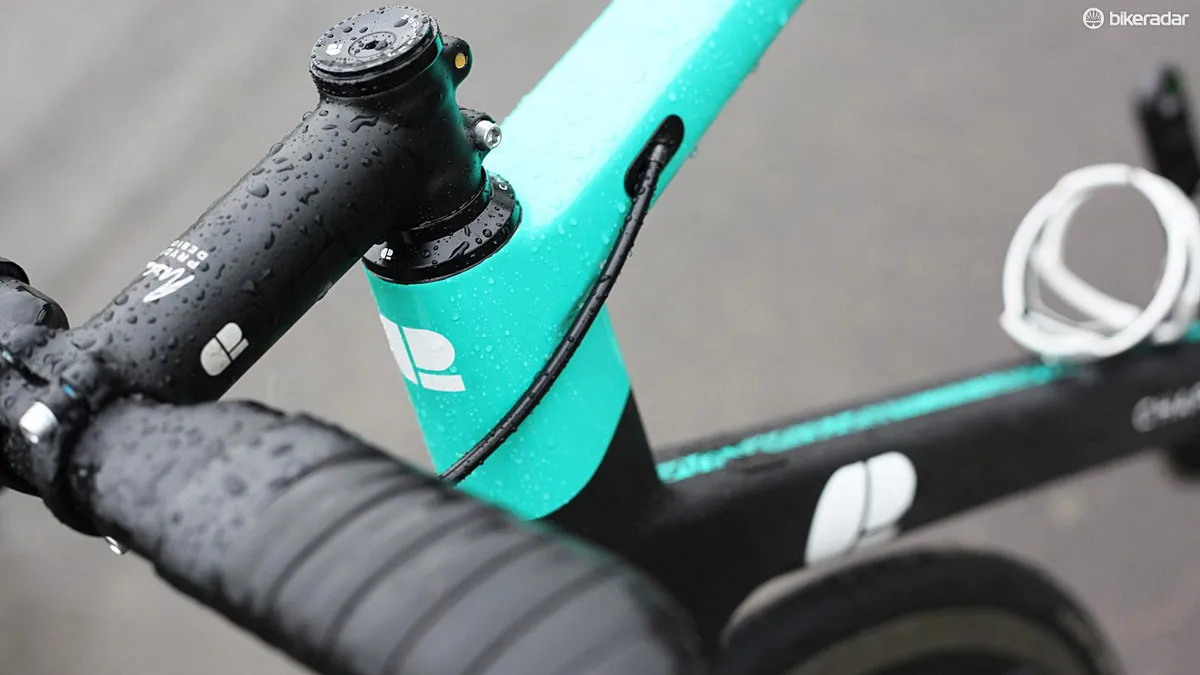
The Tere’s seatpost with its D-Section design is very TCR. The tube sections themselves are all based around Kammtail shaping (which we first saw pioneered by Trek). Pryde tells us that "the Kammtail [truncated tail] 'cheats' the air into believing that the tail is still there. For a tube section to be efficient aerodynamically it’s important that the air flowing over the surface remains attached to the surface. When airflow separates, it creates 'separated flow' and relative drag in the opposite direction of the structure's movement."
Chapter 2 developed and tested the design at Auckland University's wind tunnel facilities — which is also used by New Zealand cycling.
It seems that as aero research into standard (non aero/TT) bikes gains more and more weight we are seeing plenty of convergence in designs, and with this year promising to be a big one for debut designs from the likes of Cervelo, Trek, Specialized, BMC and more it’ll be interesting to see how many adopt these similar principles.
Toray construction
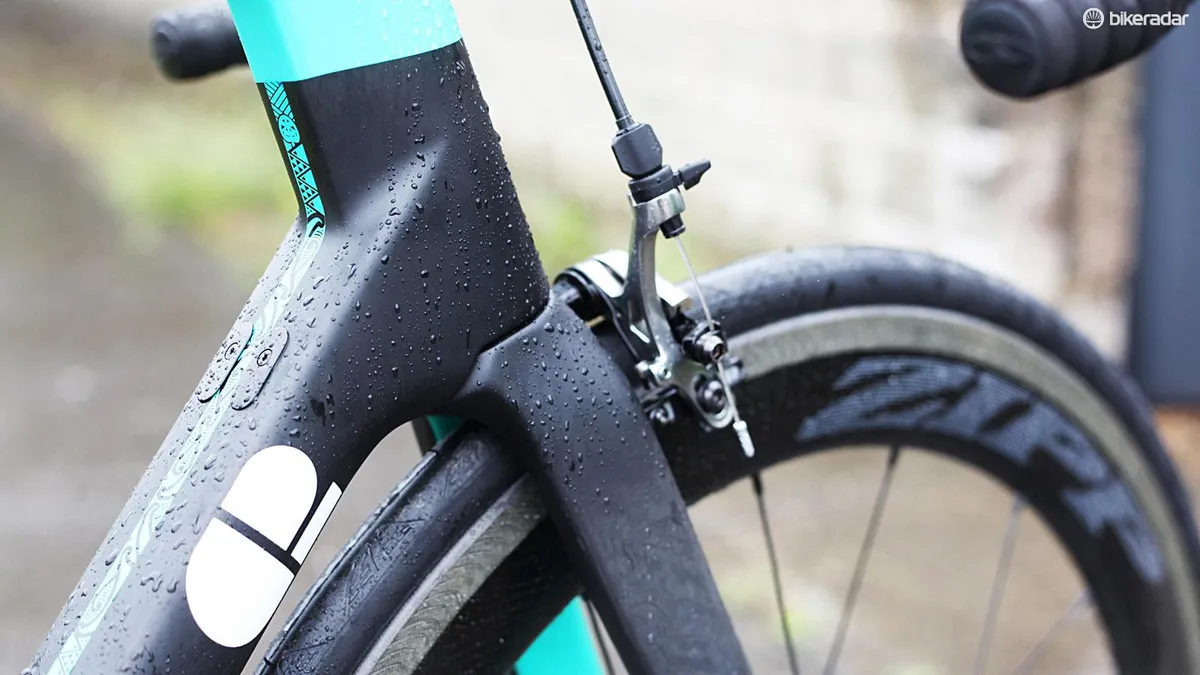
The Tere is constructed solely with Japanese Toray fibres (used by plenty of top-end manufacturers and first promoted by Pinarello on its Dogma series). The main body of the frame uses unidirectional Toray fibres giving the unpainted finish a pleasing marble effect.
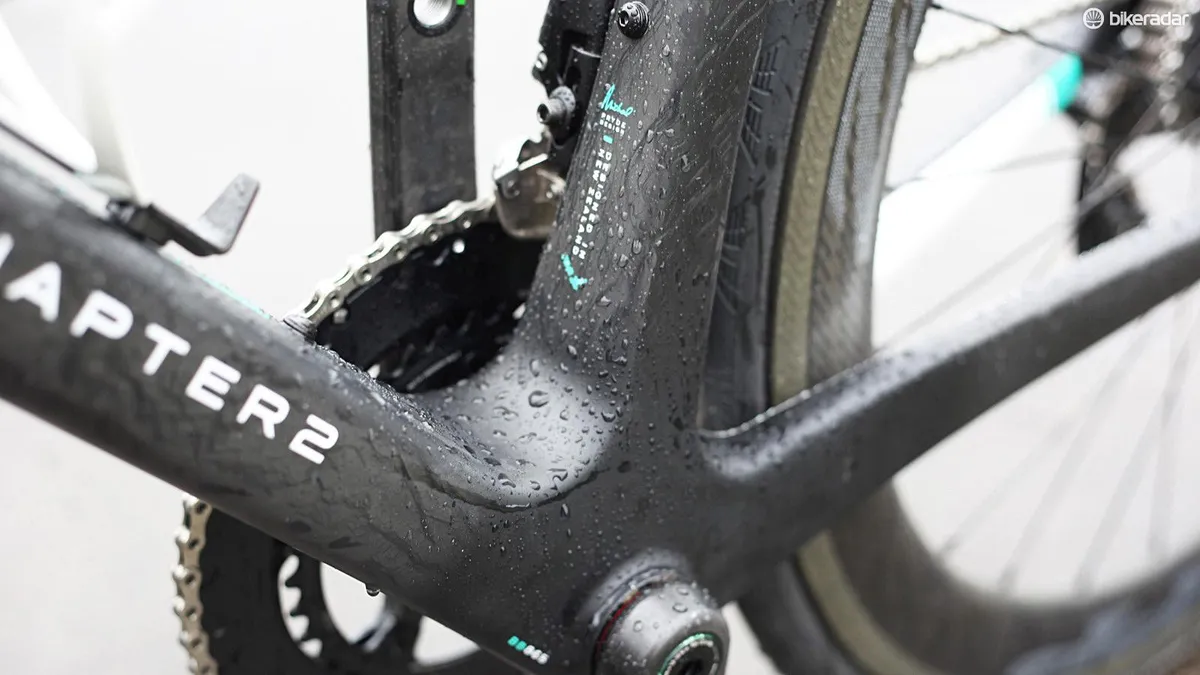
Chapter 2 has switched to using a directional 3K weave through both the bottom bracket shell and head tube to improve weight control and boost stiffness. Pryde tells us that during construction a PU mandrel is used in both the head tube and bottom bracket, this he claims provides an improved level of control of the wall thickness and improved pressure when molding, which makes for optimal strength and stiffness.
The frame is designed for internal cable routing only, and comes Di2 ready (with the D-shaped seatpost also doubling up as the holder for the Di2 battery).

Chapter 2 claims that the seatstay design combines both a Kammtail profile and an optimised lay-up for additional comfort. The chainstays meanwhile have been designed to increase rigidity and power transfer through the pedals.
Up front, the fork crown is blended to meet both head and down tube to improve aero stability.
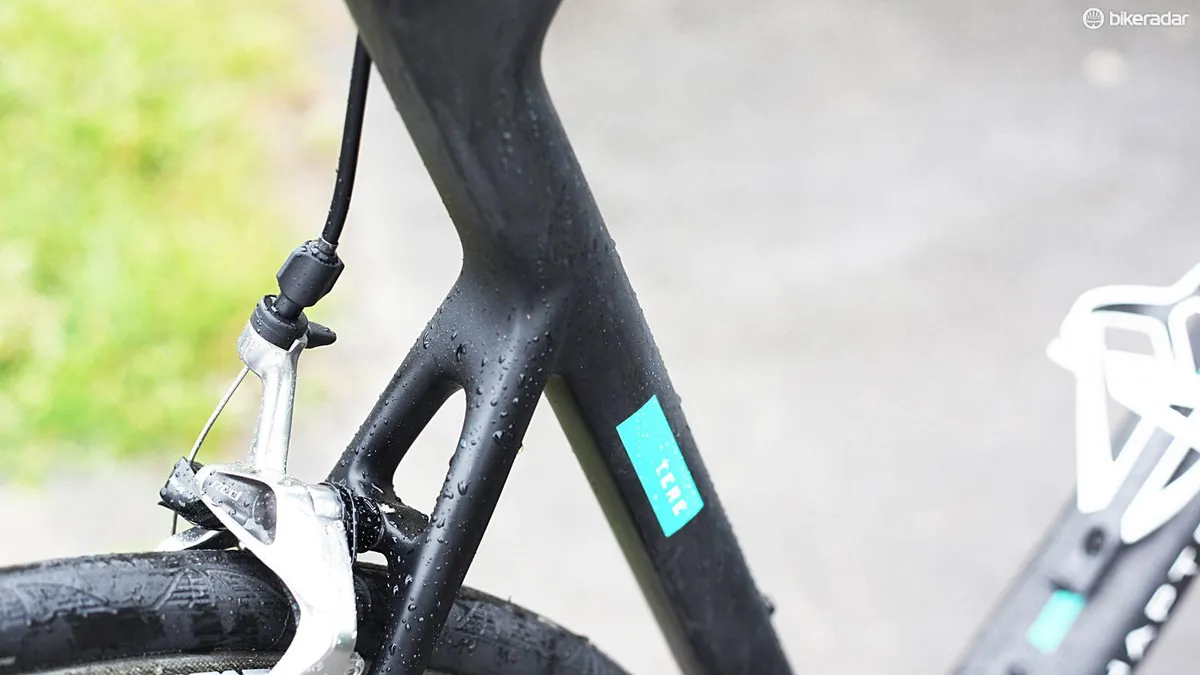
Pricing and availability
The Tere is available in five sizes and Chapter 2 tells us that it has optimized the fork rake between sizes to ensure equal handling throughout the range and to avoid any possibility of toe-overlap on extreme sizes. With the XS and S sizes get a 53mm rake, and the M, L, and XL drop to 43mm.
Geometry-wise my large test bike runs with a 73.5-degree head angle and 73 seat, with a lowish stack of 580mm and a reach of 387mm. Chapter 2 claims 950g for a fully painted frame (M) with a frameset price of around $2,000–$2,200 (final pricing is still TBC).
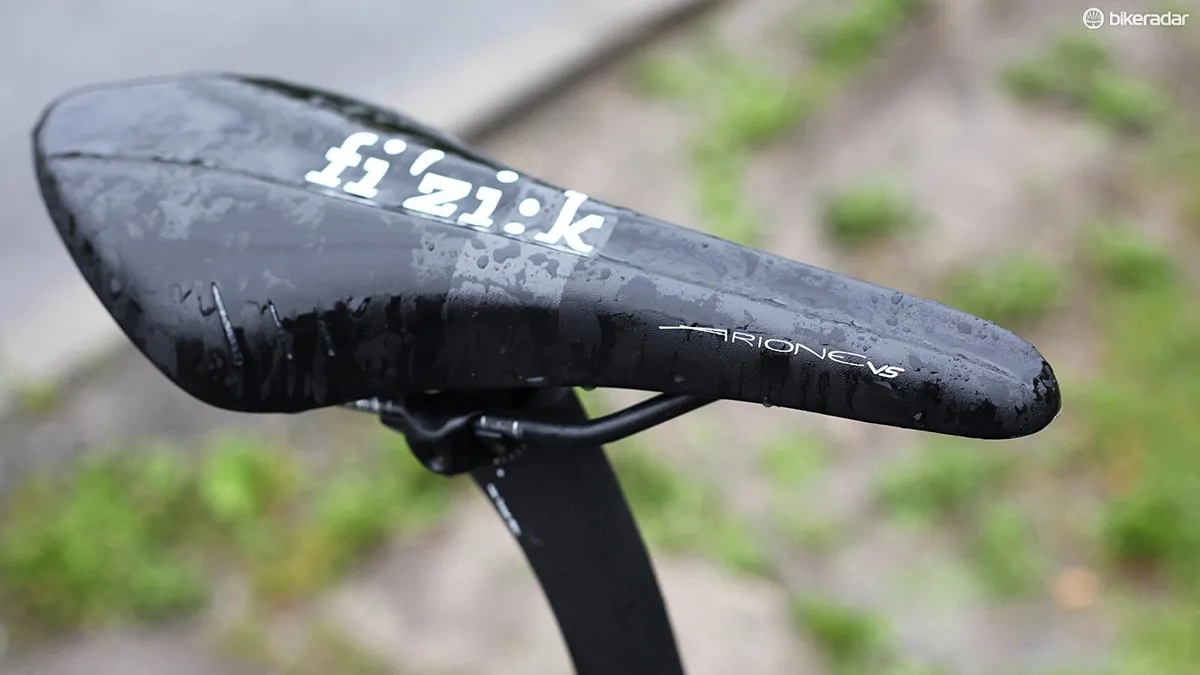
The frame is fully UCI approved and there is also a disc specific model offered, with a subtle difference of 3mm longer chainstays to allow a 28mm tyre to fit (the rim brake model is designed around 25mm tyres).
Chapter 2 claims that the extra wheelbase also marginally decreases the steering speed (my test bike is pretty sharp handling thanks to that 73.5-degree head angle).
The test bike weighs in at an impressive 6.8kg and comes fitted with some pretty high-end finishing kit. SRAM’s eTap provides the drivetrain and the bike rolls on Zipp’s impressive 404 NSW clincher wheelset shod with Continental’s ever impressive GP4000SII tyres.
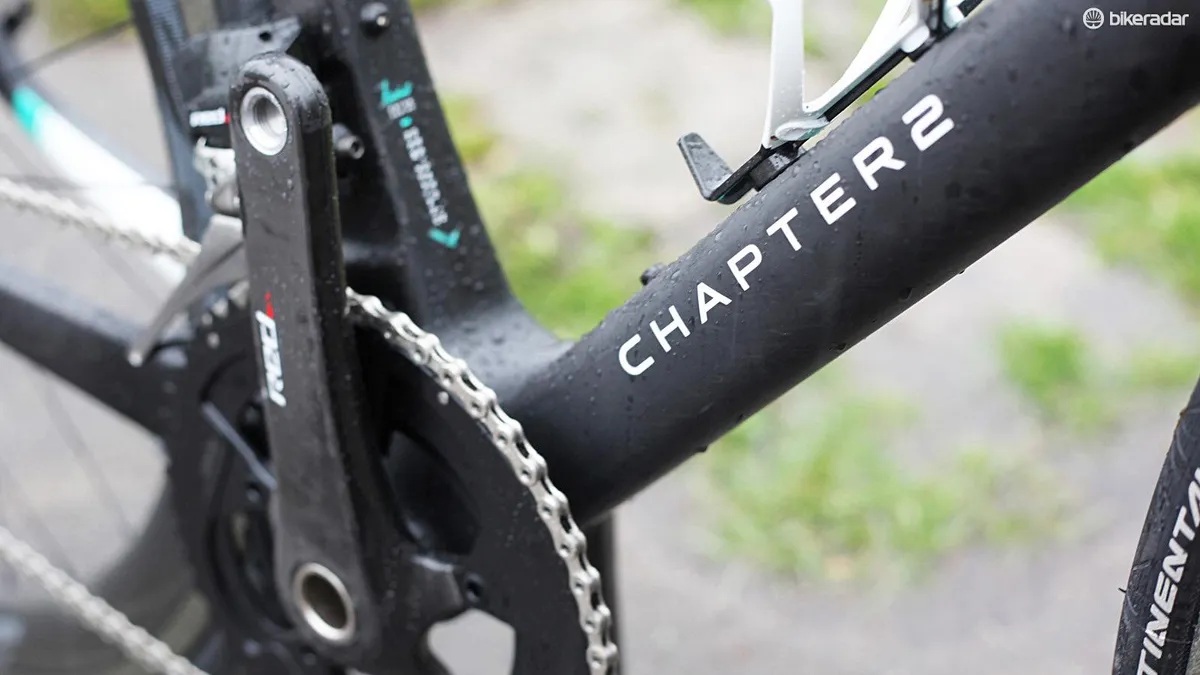
Steering duties are handled by Chapter 2’s own carbon aero wing bar, as is the clean looking aluminium stem and dedicated D-shaped aero post.
The Tere is currently being tested for an exclusive review in sister title Cycling Plus, and you’ll get the verdict on Chapter 2’s debut in the September issue (331), on sale 15 August.
Current pricing (final pricing is still TBC)
- Frameset (frame, fork, h/set, post, stem): £1,649 / $1,999 / NZ$2,849
- Complete price as built: £5,999
